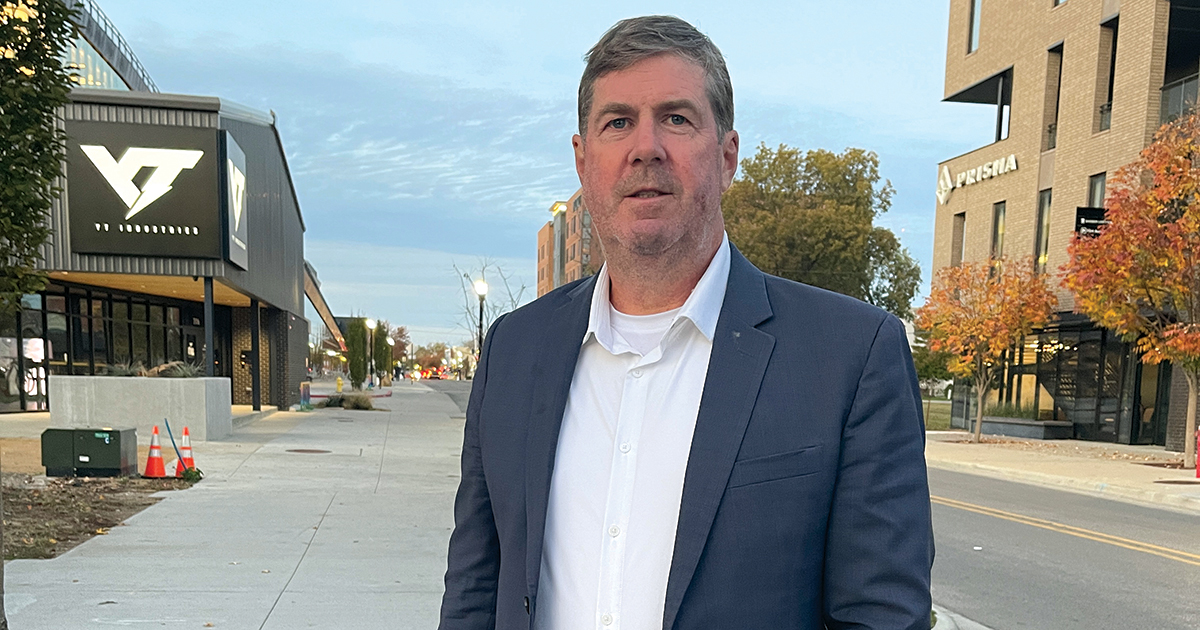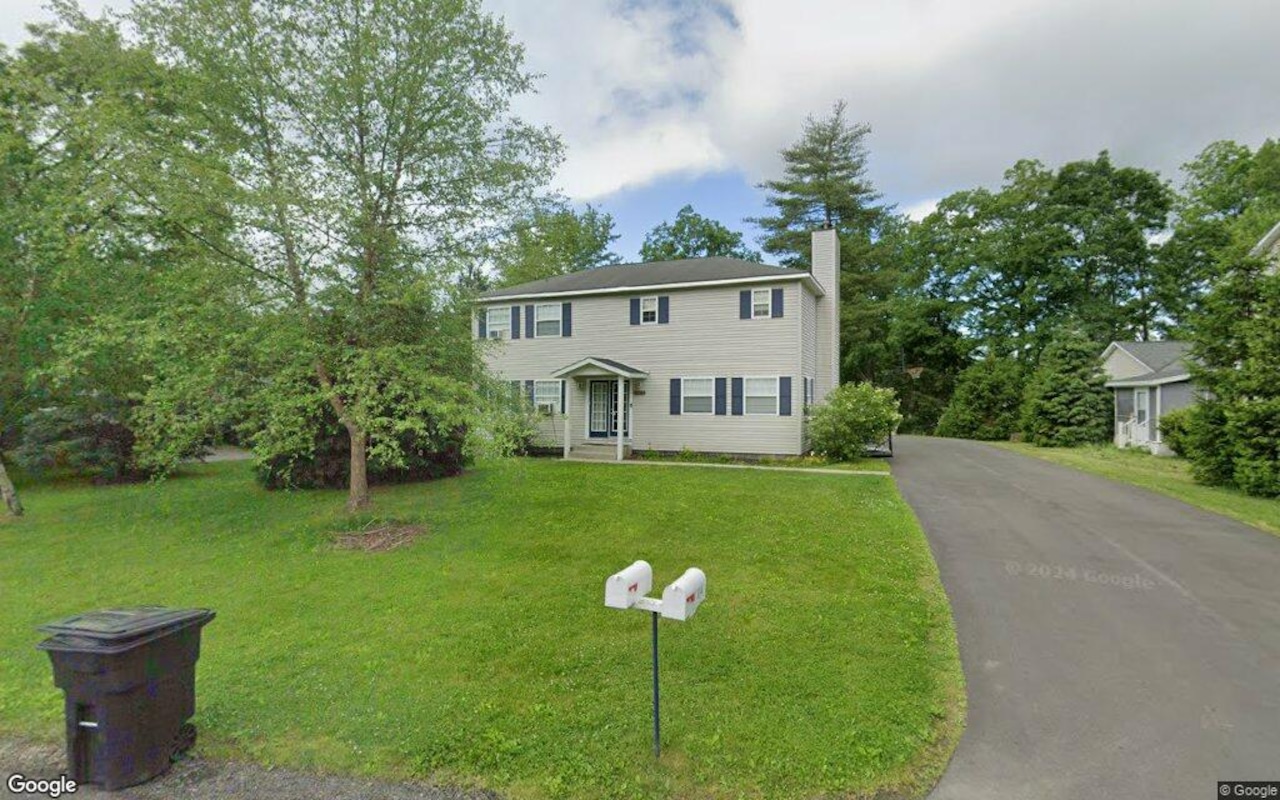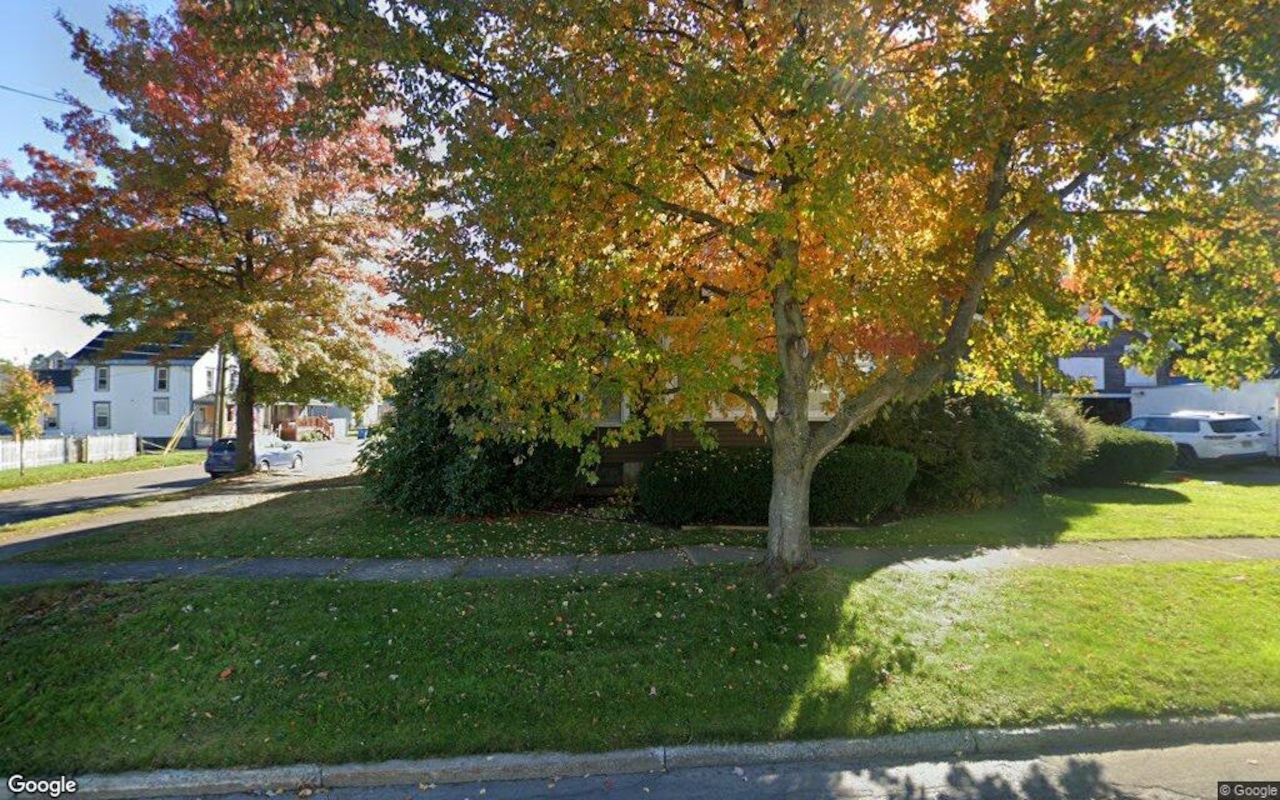T
he Federal Reserve's recent decision to lower the federal funds rate by 0.75 percentage points and signal another potential cut has significant implications for Northwest Arkansas' real estate market. Lower interest rates will positively impact commercial and residential real estate, as well as infrastructure investment, which is crucial for meeting the region's growing population needs.
However, interest rate fluctuations can have vastly different effects on key projects, according to Paul Esterer, managing director of Moses Tucker Partners and CEO of Esterer Investments. Esterer notes that while short-term rates have dropped, long-term rates have increased, creating uncertainty in the market. He also points out that the 10-year Treasury yield curve needs to be comfortably higher than the two-year curve for investors to feel confident about making long-term investments.
Despite these challenges, Esterer is bullish on Northwest Arkansas' future due to its unique characteristics and growing population. Community banks are healthy, with more liquidity and lending capacity, which is essential for smaller projects and refinancing. The region's strong demand for residential and commercial construction, as well as costly infrastructure projects, has attracted a broad base of investors and developers.
The Arvest Bank Skyline Report highlights the healthiness of Northwest Arkansas' real estate market, with strong home sales, low vacancy rates in multifamily and commercial properties, and a "very healthy" commercial market. The report notes that 4,799 homes were sold in the first half of this year, up 8.5% from last year, and that new apartment complexes and units entering the market have not significantly impacted vacancy rates.
However, Esterer warns that rising vacancy rates nationwide could impact Northwest Arkansas' office and warehouse markets. He also notes that mortgage rates are still taking time to drop as quickly as they rose, which is essential for attracting people to the region and coping with affordability issues in the housing sector.
Esterer emphasizes the importance of infrastructure investment and affordability in maintaining the region's growth rate. He suggests that lowering construction costs or mortgage rates could help attract people to the area and slow down the growth rate.













